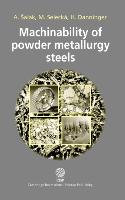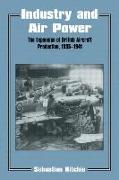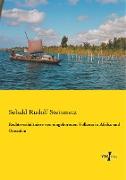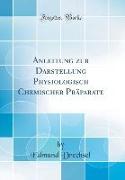Machinability of Powder Metallurgy Steels
BücherAngebote / Angebote:
The machinability of powder metallurgy steels is poorer compared with wrought steels of appropriate composition and/or mechanical [properties. The reason for it is a larger number of material and processing variables affecting the final properties of a sintered material. Therefore the machining of powder metallurgy (PM) steels is a permanent subject of investigation and practice.
The aim of the book is to make on the basis of present knowledge an overview of all interacting factors in machining process including those applied for the improvement of the machinability. There are the properties of basic plain iron and alloyed powders, various additions, compaction and sintering conditions. Effect of porosity, individual alloying elements and microstructure character is considered.
The description of the basic machining processes with their characteristics and with the characteristics of the tool geometry belongs to the mentioned factors. For the improvement of machinability of PM steels different machining aids, as S, MnS, MoS2 and other are frequently used and their chemical and physical characteristics are given. The effect of various machining aids used on machinability of sintered plain iron, iron-carbon and of steels alloyed with Cu, Ni, Mo, Cr, Mn including powder forged steels with very different mechanical properties and very different microstructures is analysed and summarized. The high-speed steel, hardmetal and other tools with their geometry as the part of the cutting process are described in relation to the sintered powder materials. The recommendations for machining of various steels enclose the present knowledge about the machinability of powder metallurgy steels.
Folgt in ca. 15 Arbeitstagen




